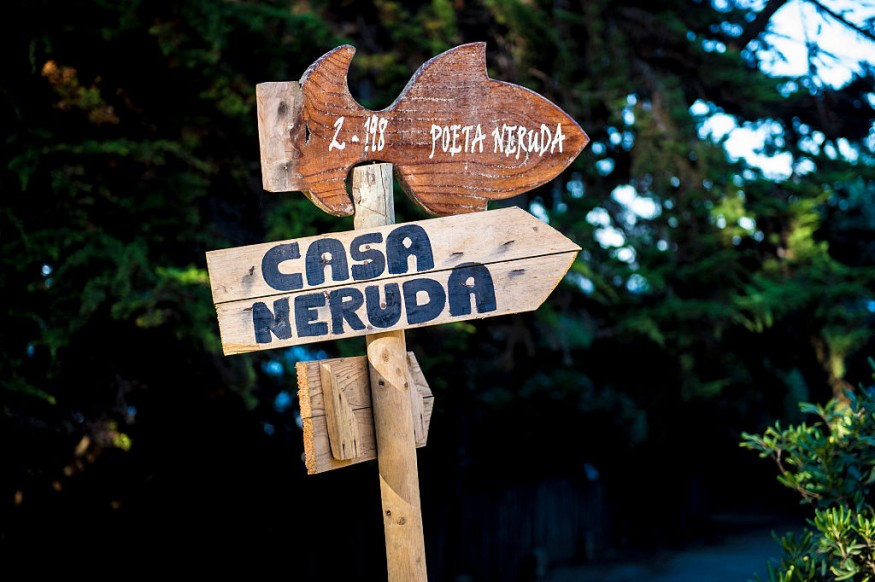Get to Know Chile More When You Visit These Popular Historical Sites

Chile is considered one of the most peaceful countries in Latin America, having the lowest number of serious felony reports in 2015.
According to Chile's travel website, a worldwide study by Newsweek also claimed that Chile is the best country in Latin America to live in.
Aside from its picturesque views and tourist spots, Chile is also known for its wine and beer, just like its neighboring countries, which have embedded alcoholic drinks into their culture.
Chile is also known for having the world's largest swimming pool, which is located at the San Alfonso del Mar resort.
Chileans are also big eaters, being the second biggest bread consumers in the world, just behind Germans, Cascade Travel reported.
Historical Sites in Chile
Chile's rich culture can also be seen in some of the country's historical sites. There are plenty of things to do in Chile, such as trekking and witnessing rock formations, which can be done in Torres del Paine National Park.
The park is also considered one of Chile's most sought-after attractions.
Isla Negra - Pablo Neruda's House & Museum
The house of Isla Negra is considered a "visual and material compendium" of Pablo Neruda, known for surrealist poems and historical epics.
It was originally called Las Gaviotas, but the poet renamed it Negra due to the color of the rocks in the area and "Isla" due to his frequent self-isolation to write.
Most of the important collections were kept in Neruda's house, with figures relating to the sea. An architect and friend of Neruda, Sergio Soza, made the new additions that started in 1965.
Cementerio General de Santiago
The Santiago General Cemetery in Santiago is one of the largest cemeteries in Latin America, but its expansiveness is not the only thing that can interest tourists and locals alike.
According to History Hit, the cemetery is also the final resting place of 172 of Chile's most famous and important figures, including all but two of its presidents.
A memorial was constructed to remember the victims of the Chilean general Augusto Pinochet dictatorship, with more than 1,000 "disappeared" and 3,000 more known to have been murdered during the regime.
Eastern Island
Easter Island in Chile is known for its stone statues of human figures called maoi. The island has inhabitants called Rapa Nui, while the first European visitors to the area were Dutch. In 1774, a civil war had erupted on the island before British navigator Captain James Cook arrived.
Pukará de Quitor
Pukará de Quitor is an ancient Indian fortress that has stood in the area for more than 700 years. It is closely located in the desert town of San Pedro de Atacama.
The Inca ruled the walled city before the 16th century when the Spanish struggled for two decades to subdue its local inhabitants. It was later preserved as an archaeological site and declared a national monument of Chile in 1982.
This article is owned by Latin Post.
Written by: Mary Webber
WATCH: Chile Travel: History and Heritage Chile - From Chile Travel
Subscribe to Latin Post!
Sign up for our free newsletter for the Latest coverage!
© 2025 Latin Post. All rights reserved. Do not reproduce without permission.














